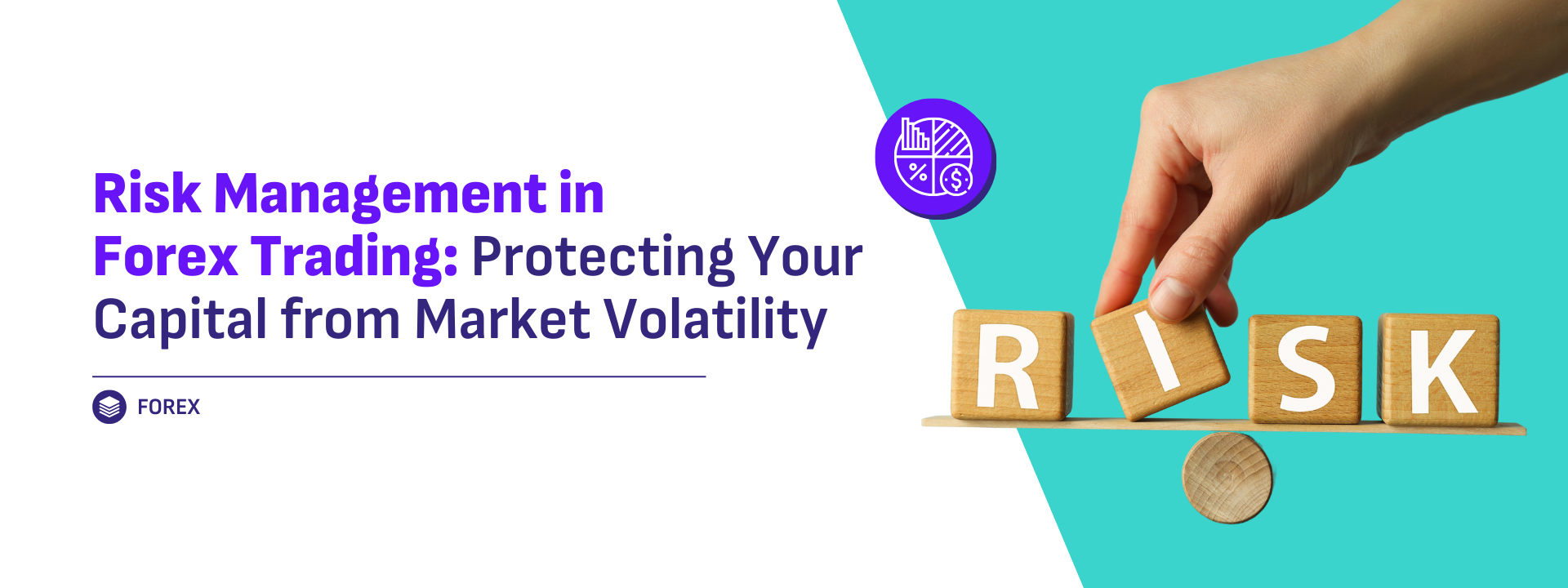
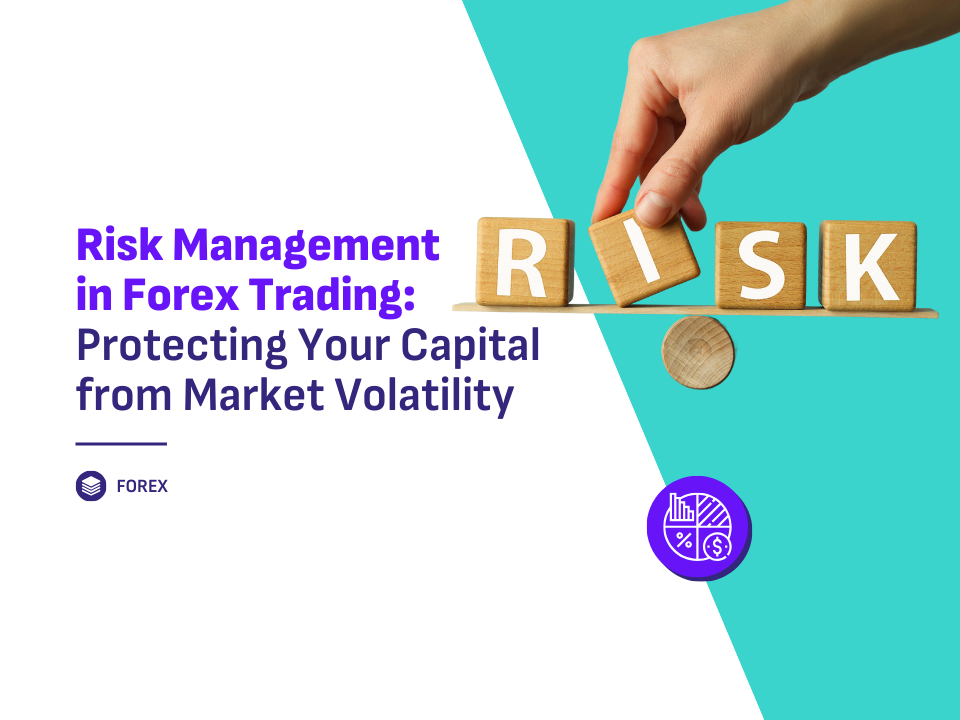
Risk Management in Forex Trading: Protecting Your Capital from Market Volatility
Introduction
Forex trading is renowned for its high volatility, presenting both significant opportunities and substantial risks. Effective risk management is crucial for safeguarding your capital and ensuring long-term success in the forex market. This article explores essential risk management techniques to protect your investments and navigate the complexities of forex trading.
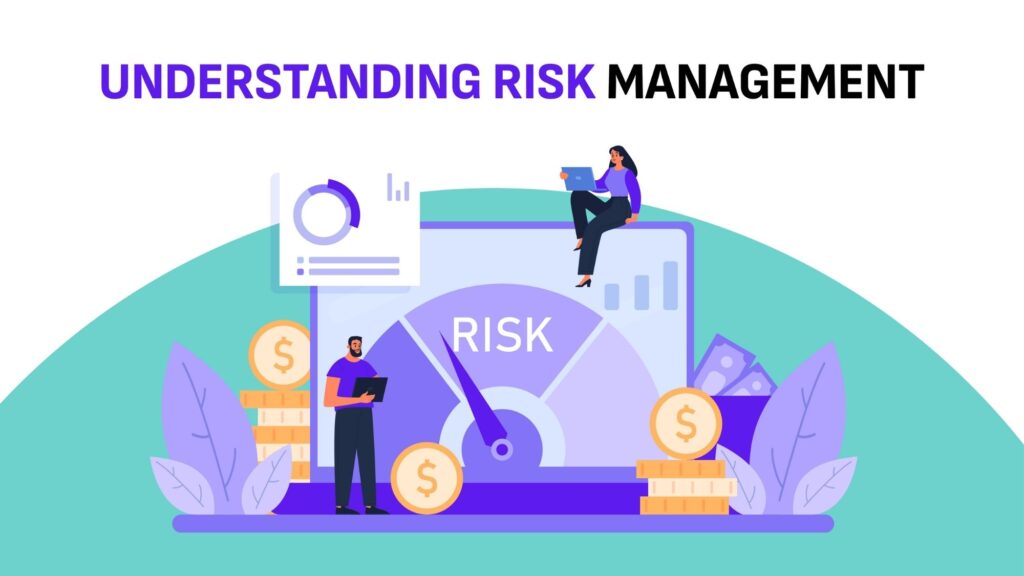
1. Understanding Risk Management
Risk management involves strategies and practices designed to minimize potential losses and protect your trading capital. In the forex market, where price movements can be swift and unpredictable, effective risk management helps traders manage exposure and avoid substantial financial setbacks.
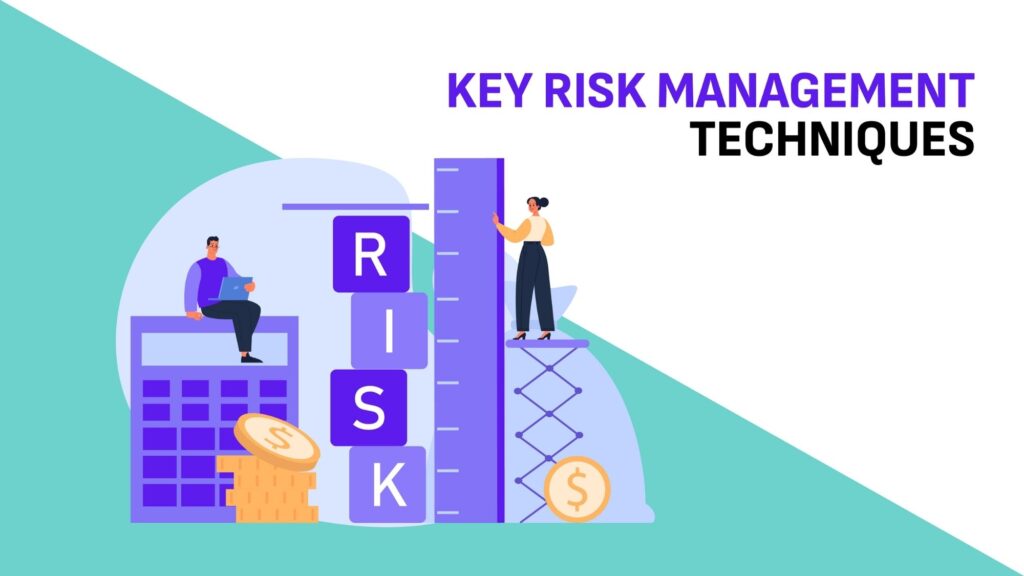
2. Key Risk Management Techniques
a. Setting Stop-Loss and Take-Profit Orders
- Stop-Loss Orders: A stop-loss order automatically closes a trade when the price reaches a predetermined level, limiting potential losses. For example, if you enter a long position on EUR/USD at 1.1200, you might set a stop-loss at 1.1150 to cap losses at 50 pips. This technique ensures that you exit a losing trade before it causes significant damage to your capital.
- Take-Profit Orders: A take-profit order locks in profits by automatically closing a trade when the price reaches a target level. For instance, if your target profit for a trade is 100 pips, you can set a take-profit order to exit the trade once this level is achieved. This helps secure gains and prevents the risk of a reversal eroding profits.
b. Determining Position Size
- Risk Per Trade: Define the maximum amount of capital you are willing to risk on a single trade. A common rule is to risk no more than 1-2% of your total trading capital on any given trade. For example, if you have $10,000 in your trading account, risking 2% per trade means you should not risk more than $200.
- Position Sizing Formula: Use the position sizing formula to calculate the appropriate trade size based on your risk tolerance and stop-loss distance. The formula is:
Position Size = Risk Per Trade / Stop-Loss Distance
For example, if you risk $200 and your stop-loss is 50 pips away, with each pip worth $10, your position size would be 0.4 lots (200 / (50 * 10)).
c. Utilizing Leverage Wisely
- Leverage Understanding: Leverage allows you to control a large position with a relatively small amount of capital. While it can amplify profits, it also magnifies losses. Using high leverage can lead to significant losses if the market moves against you.
- Leverage Management: Use leverage cautiously and align it with your risk tolerance. Avoid over-leveraging, which increases the risk of margin calls and substantial losses. Opt for lower leverage to manage risk more effectively.
d. Diversifying Your Trades
- Currency Pair Diversification: Spread your trades across different currency pairs to reduce risk exposure. Diversification helps avoid putting all your capital into one currency pair, which can be highly volatile.
- Asset Class Diversification: Consider diversifying your investments across different asset classes, such as stocks, commodities, and cryptocurrencies. This can provide a hedge against forex market volatility and improve overall portfolio stability.
e. Monitoring Economic Events
- Economic Calendars: Stay informed about major economic events and indicators that can impact forex markets. Use economic calendars to track releases such as GDP reports, interest rate decisions, and employment data. These events can cause significant price movements and affect your trades.
- Geopolitical Developments: Be aware of geopolitical events and news that may influence currency values. Political instability, trade disputes, and other geopolitical factors can create market volatility and impact your trading strategy.
f. Implementing a Trading Plan
- Develop a Strategy: Create a comprehensive trading plan that outlines your risk management rules, trading strategy, and objectives. A well-defined plan helps maintain discipline and prevents impulsive trading decisions.
- Regular Review: Periodically review your trading plan and risk management practices. Analyze your trading performance, assess risk exposure, and adjust your strategy as needed to improve results.
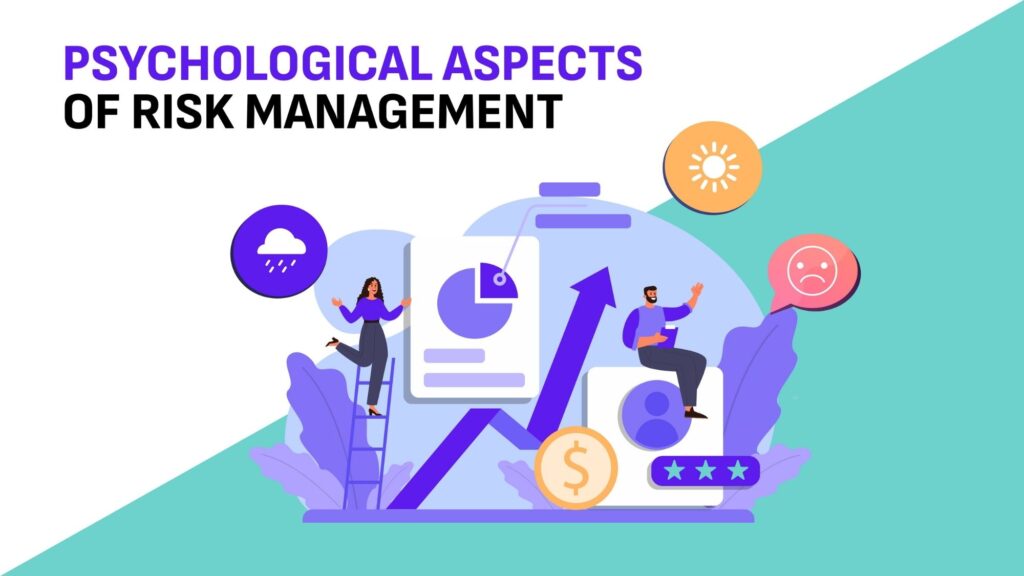
3. Psychological Aspects of Risk Management
- Emotional Control: Maintain emotional discipline while trading. Avoid making decisions based on fear or greed, which can lead to poor risk management and increased losses.
- Stress Management: Manage stress effectively to make rational trading decisions. High stress levels can impair judgment and lead to risky behavior.
Summary
Effective risk management is essential for protecting your capital in the volatile forex market. By implementing techniques such as setting stop-loss and take-profit orders, determining appropriate position sizes, utilizing leverage wisely, diversifying your trades, monitoring economic events, and adhering to a well-defined trading plan, you can safeguard your investments and navigate the complexities of forex trading with confidence.


